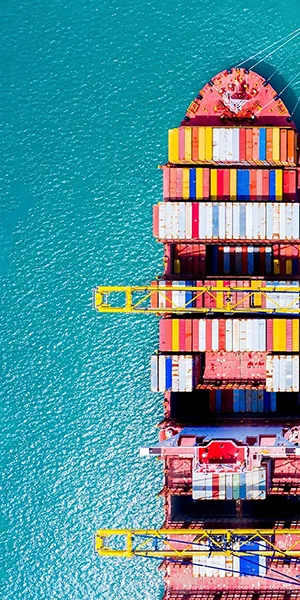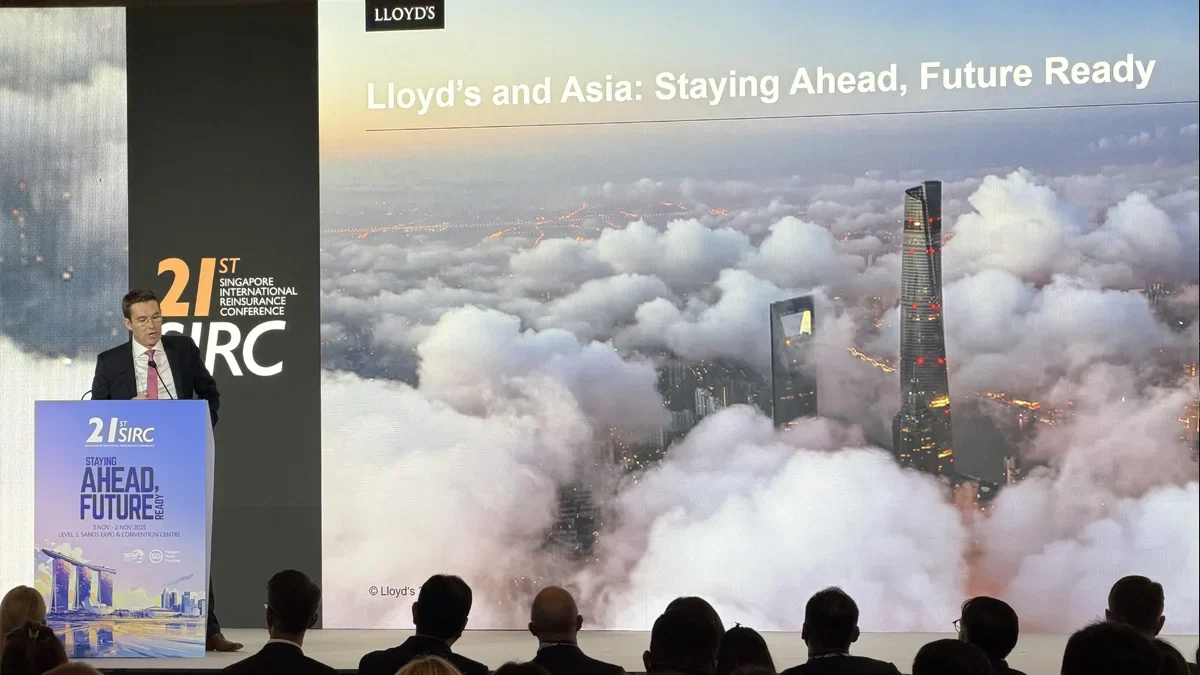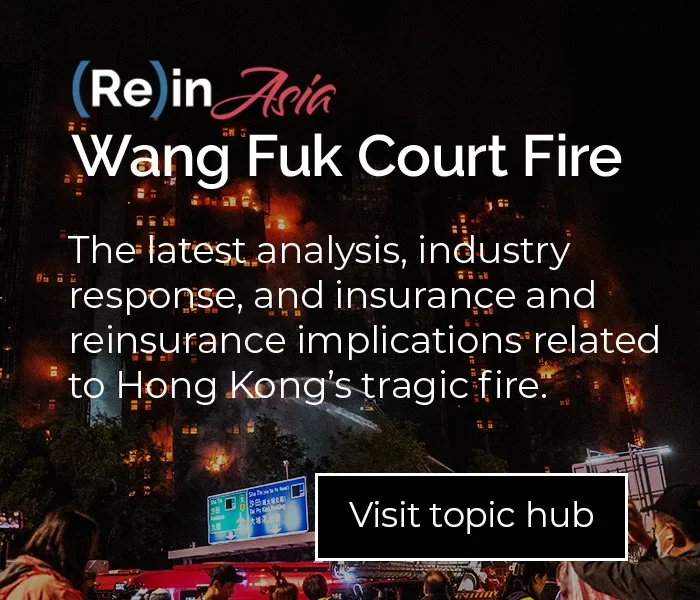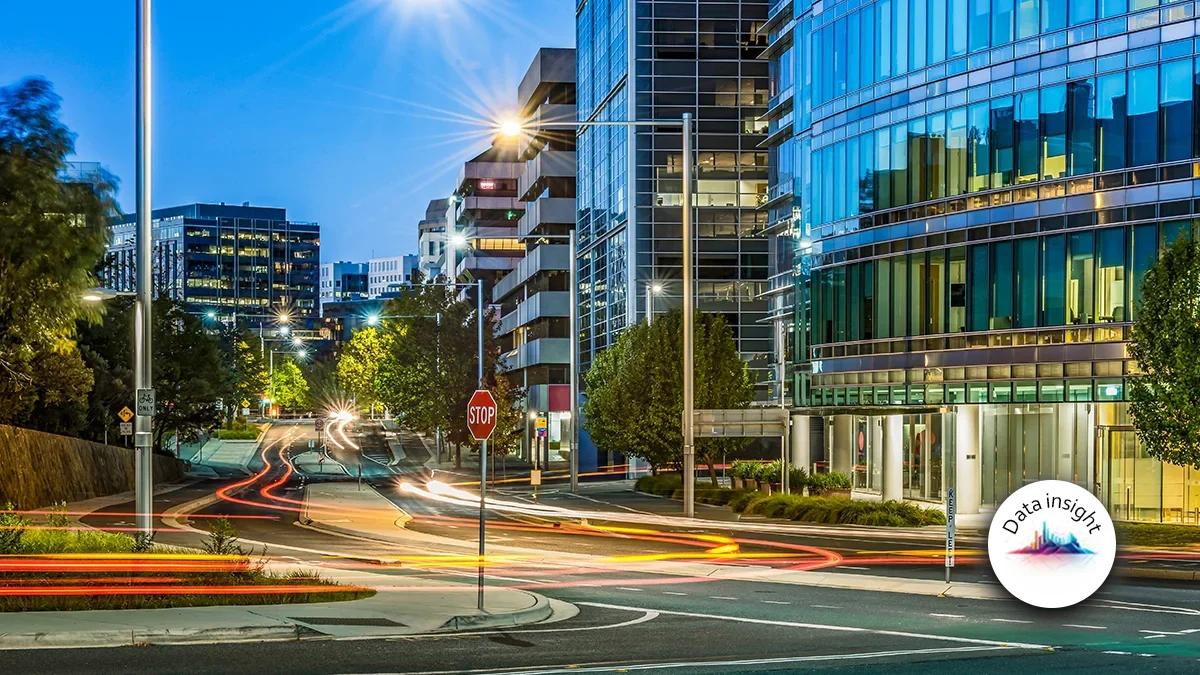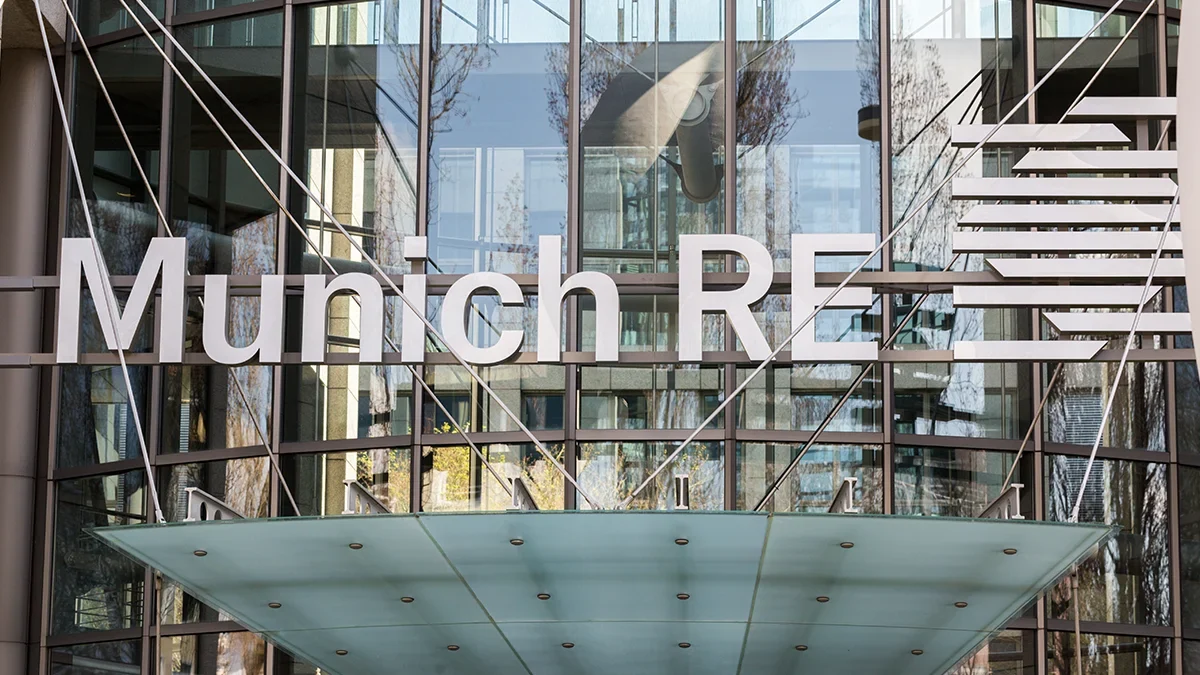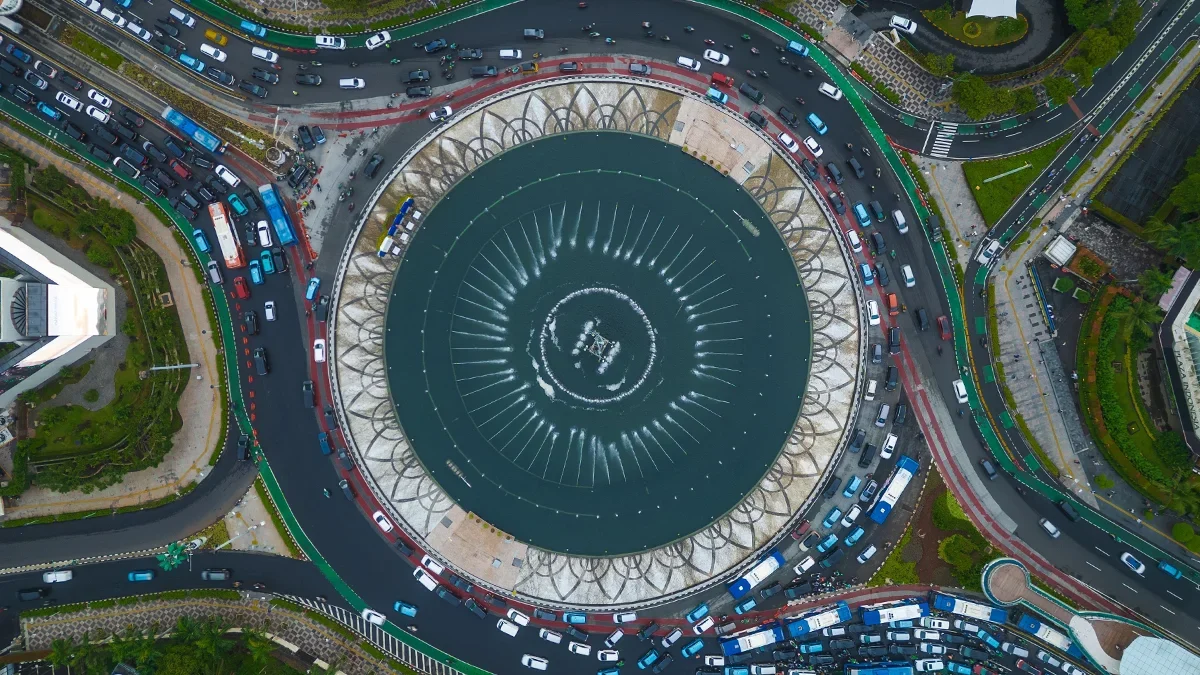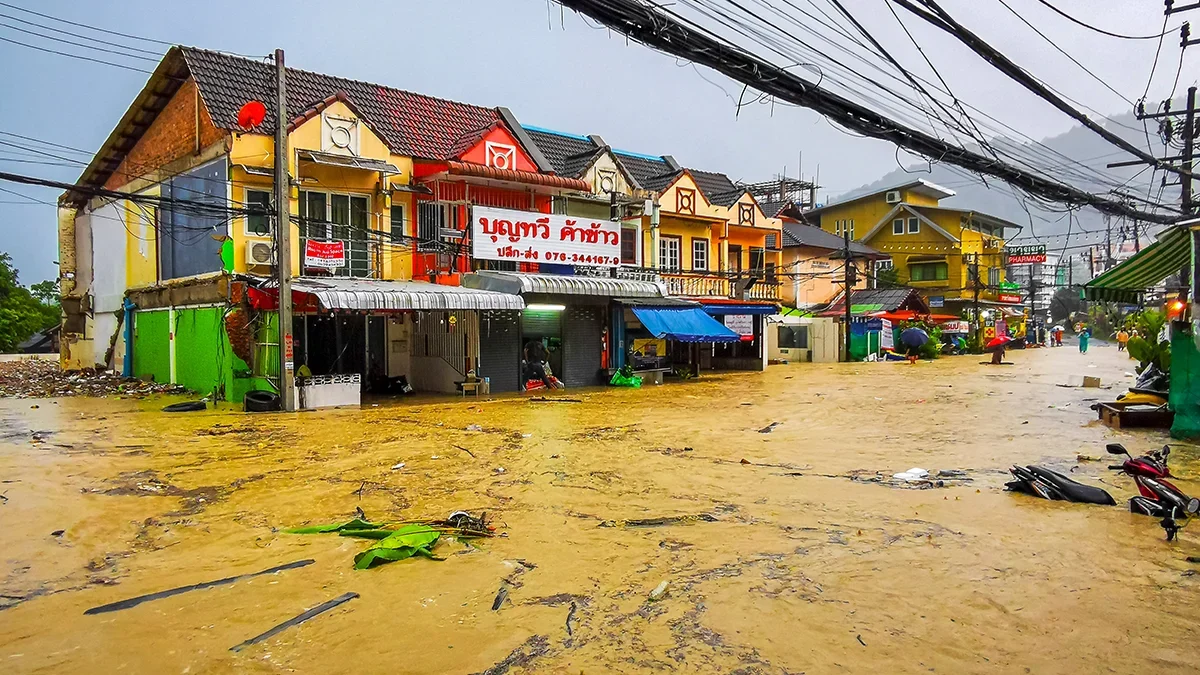(Re)in Summary
• Lloyd’s is positioned to help drive Asia’s insurance evolution, said Tiernan in his first keynote in Asia.
• Lloyd’s must expand beyond familiar clients to welcome regional players unfamiliar with Lloyd’s operations, added Tiernan, who was appointed CEO in May
• Asia’s infrastructure investments, from data centres to ports and transport networks, present significant insurance opportunities amid rising geopolitical trade corridor tensions.
• New opportunities — from contingent business interruption to data center projects — present pivotal growth areas that could substantially help close regional protection gaps.
• Five key challenges face Lloyd’s globally are: global fragmentation, technological disruption threatening intermediaries, widening protection gaps, evolving placement methods, and talent demands.
To grow in Asia, Lloyd’s will have to win over and welcome regional insurance players that aren’t familiar with the marketplace, said its CEO Patrick Tiernan during the first day of the Singapore International Reinsurance Conference (SIRC).
“Growing in Asia can’t just mean serving those who already know us,” Tiernan, who was appointed CEO in May, said during his first major keynote in Asia.
“What we want is partnership, your local flavour, your local knowledge, blended with the capital efficiency and structuring power that Lloyd’s provides.”
Asia will continue to be a vital partner in Lloyd’s global strategy, Tiernan said.
“Our ambition is to make Lloyd’s more efficient, more relevant and more confident in tackling new forms of risk in the region.”
Lloyd’s is “uniquely positioned” to help drive the region’s insurance evolution, said Tiernan.
“We want to espouse the benefits of wholesale markets. We want to attract local underwriting expertise. And we want to be at the vanguard of specialty risk growth in the region.”
The region is far from homogenous, but if Lloyd’s can get the balance right, the marketplace can be key to an ecosystem that combines financial strength, global reach and local insight, Tiernan said. “That partnership matters not just to our industry, but to the wider economies in the region.”
Asia is investing in a broad range of infrastructure from data centers to ports, rail and roads to support resilience amidst geopolitical uncertainty and “each project is a potential insurance client.”
“We also know that the key trade corridors… among the region here are becoming more troubled due to geopolitical skirmishes,” Tiernan said. “So having that cover for marine cargo, trade credit and contingent business interruption is going to be critical over the next couple of years.”
New risks
Contingent business interruption holds a huge amount of current and growing demand in Asia. Underwriting these risks and getting this right could prove pivotal, said Tiernan during a separate fireside chat after his keynote address.
“With all of the different dynamics in play, all of the different risks at play, that does seem to be the one product that, if somebody or group of folks can get right, can be really beneficial to protection gap closure.”
The advent of artificial intelligence is expected to bring opportunities centred around data centers and the infrastructure that will support them, Tiernan said during the keynote. “If you sort of look and see the size of these projects, the line sizes that we’re deploying as an industry are much smaller.”
Insurers should “lean in before it’s too late”, Tiernan added. “We don’t want all of that potential growth to happen privately, outside of the industry. We want to capture that and make it a big part of the growth story of the industry for the next few years.”
AI is also expected to shift risk dynamics at Lloyd’s, Tiernan said. In the life sciences, AI is expected to “massively reduce” the risks involved in medical testing now that computer models are involved. But with war risk, an area in which Lloyd’s has an outsized position, there may be potential for quicker escalation with non-humans involved in decision-making.
“The policies that we have today rely on breaks in time, 24 hours, seven days, et cetera,” Tiernan added. “That’s not going to work when you have a much faster conflagration of conflict.”
A bold future
Five major themes will dominate the next few years at Lloyd’s: Global fragmentation, technological disruption, a widening protection gap, an evolution in placement and capacity deployment and talent demand, Tiernan said.
Technological disruption is expected to threaten traditional intermediary roles, as digital platforms enable direct bilateral settlements between insurers and clients, bypassing brokers and underwriters, Tiernan said. So too will the evolution of placement and capacity deployment, which is threatening to push underwriters to the wayside. “We got to be pretty thoughtful as underwriters to make sure that we remain relevant for the bigger risks.”
Additionally, there is a growing disconnect between economic losses and insured losses driven by increases in volatility, severity and frequency of loss events, coupled with narrowing carrier appetite for emerging risks.
And with an evolving risk landscape, new competencies are also needed, said Tiernan.
Geopolitical tensions and fiscal weaknesses in developed economies are also leading to slower growth, complicating global operations and risk assessment.
“I think in the long term, relevance will require boldness and expanded capacity and innovative structures to capture mega risk pools,” he said.
Lloyd’s is meeting the challenge by futureproofing the marketplace and adapting to new risks, said Tiernan.
This will require attracting capital, maintaining global market access, and ensuring consistent policymaking to remain an attractive, reliable investment proposition.
“By embedding London’s expertise in one of Asia’s most dynamic financial centers, we want to prove that Lloyd’s innovation is actually borderless.”






